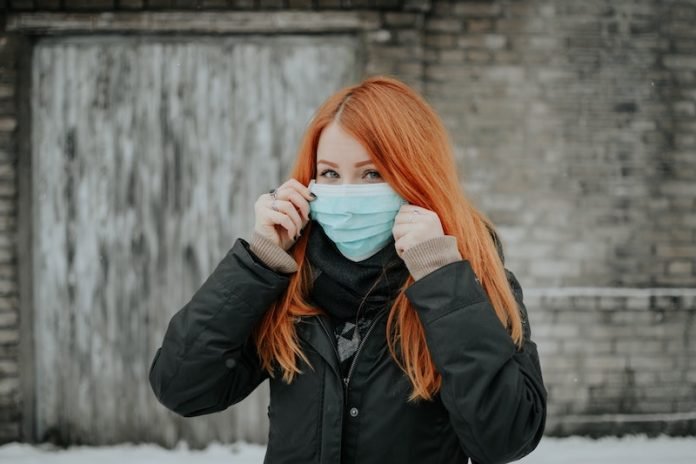
As the COVID-19 pandemic continues, the use of masks and other face coverings has emerged as an important tool alongside contact tracing and isolation, hand-washing, and social distancing to reduce the spread of coronavirus.
The Centers for Disease Control and Prevention, or CDC, and the World Health Organization endorse the use of face coverings, and masks or face coverings are required by many state and local governments, including the state of California.
The goal of wearing face coverings is to prevent people who are infected with COVID-19 but asymptomatic from transmitting the virus to others.
But while evidence shows that face coverings generally reduce the spread of airborne particles, there is limited information on how well they compare with each other.
In a recent study at the University of California, Davis, and elsewhere., researchers found that surgical and N95 masks could cut down the number of aerosolized particles emitted during breathing, talking, and coughing.
But tests of homemade cloth face coverings showed that the fabric itself releases a large number of fibers into the air, underscoring the importance of washing them.
The study is published in Scientific Reports. One author is Professor William Ristenpart.
In the study, the team set up experiments to measure the flow of particles from volunteers wearing masks while they performed “expiratory activities” including breathing, talking, coughing, and moving their jaw as if chewing gum.
They found that a fraction of people are “super emitters” who give off many more particles than average.
Without a mask, talking (reading a passage of text) gave off about 10 times more particles than simple breathing. Forced coughing produced a variable amount of particles.
One of the volunteers in the study was a super emitter who consistently produced nearly 100 times as many particles as the others when coughing.
In all the test scenarios, surgical and N95 masks blocked as much as 90% of particles, compared to not wearing a mask. Face coverings also reduced airborne particles from the super emitter.
Homemade cotton masks actually produced more particles than not wearing a mask. These appeared to be tiny fibers released from the fabric.
Because the cotton masks produced particles themselves, it’s difficult to tell if they also blocked exhaled particles. They did seem to at least reduce the number of larger particles.
The results confirm that masks and face coverings are effective in reducing the spread of airborne particles, and also the importance of regularly washing cloth masks.
Copyright © 2020 Knowridge Science Report. All rights reserved.



